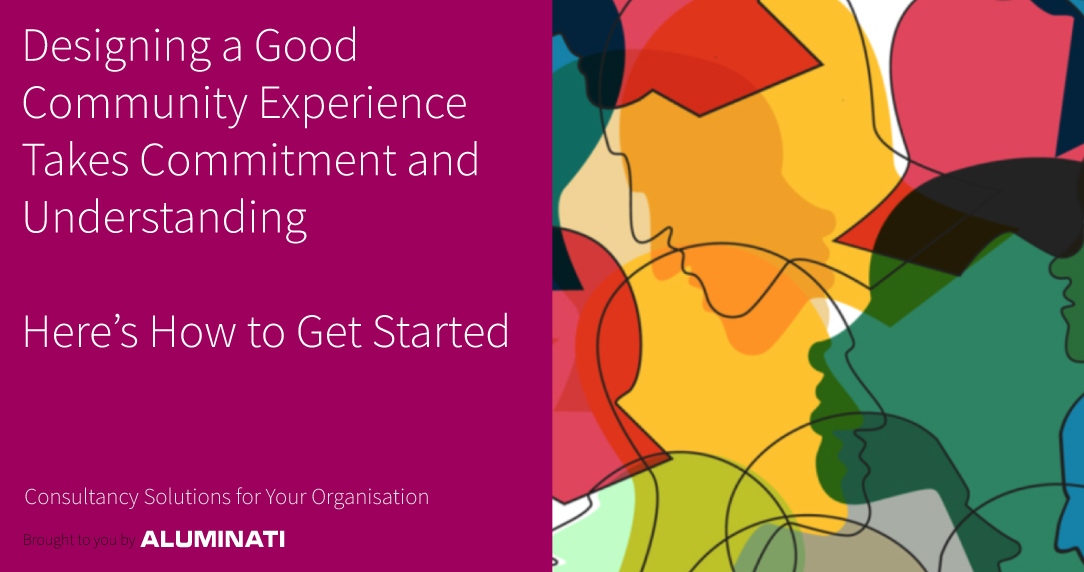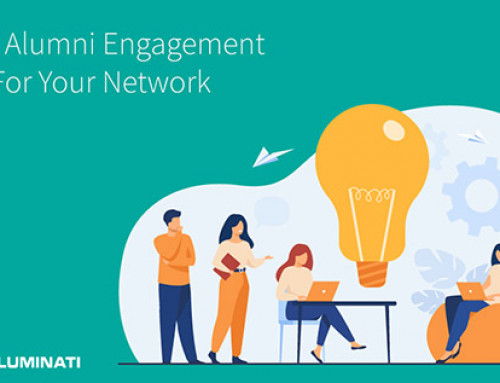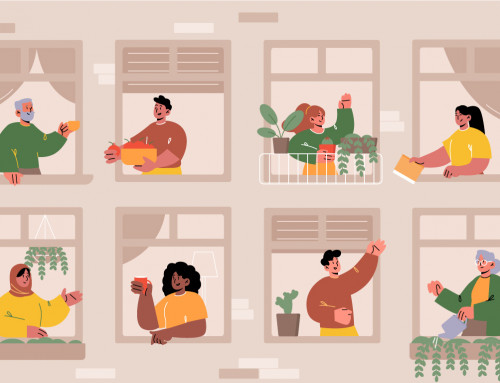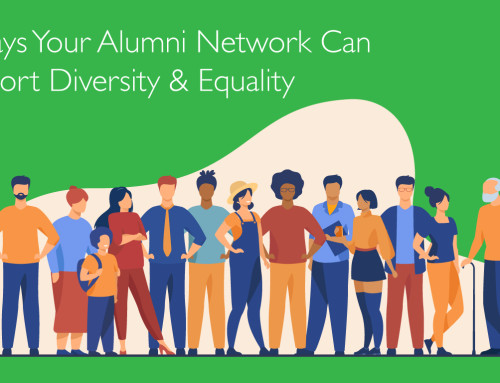So you’re a Community Builder (or “Community Manager” or “Alumni Engagement Officer” or “Head of Student Services” or any number of similar titles.) And, in your Community Builder role, you’re probably tasked with a number of different endeavours, such as:
- growing your community beyond its current size
- finding new ways to engage your existing members
- incentivising individuals who have left (or might soon leave) your organisation to still stay in touch
- driving alumni programs to increase company value,
- facilitating networking and mentorship to drive innovation,
- adding more valuable services so that you can justify increasing the cost of membership
- or any number of other endeavours related to community growth and engagement. (By the way, we’d genuinely love to hear from you about what your current project centres around: Follow us on LinkedIn and drop us a line to tell us what you’re up to!)
Okay, great. So you and thousands of other Community Builders out there are trying to achieve some or all of these different goals for your community. And all Community Builders share this one thing in common: we all want more valuable engagement and more active members. But how do you actually go about it? (Our Community Builders network meets every month to discuss helpful and relevant topics through roundtables and webinars. Why not join our network today, for free!)

Is there a formulaic solution for community growth?
It can be really tempting to rely exclusively on formulaic advice on how to run a community when trying to either deepen engagement amongst your existing community members, start a new initiative within your community, or increase the number of overall members, or any combination of the above.
There’s something about quick fixes and clear, no-nonsense advice on how to move forward that is really alluring. This is especially true for those of us who are tasked with building and growing a community of individuals—even more so when we have hundreds of other things on our to-do lists.
“Easy fixes” won’t work on complex problems
Here’s the thing: formulaic solutions can only bring us so far in community building and community management. In order to really enhance the community experience for our community members, we need to do the work to deeply understand them. We need to know the factors that drive them to join a community and participate regularly, as well as the elements which cause them to hold back.
The starting point to this is to understand who is actually in your community.
The importance of understanding your community has been echoed and emphasised by Jono Bacon, a leading community and collaboration speaker, author, and podcaster. Jono writes that the first step of any community building is to “get to know your audience, understand their pain, roadblocks, and desires, and then focus on trying to relieve that pain, get them over those roadblocks, and meet those desires.”
In other words, designing a good community experience starts with a commitment to deeply understand your community members—sometimes called cognitive empathy or “perspective-taking”.
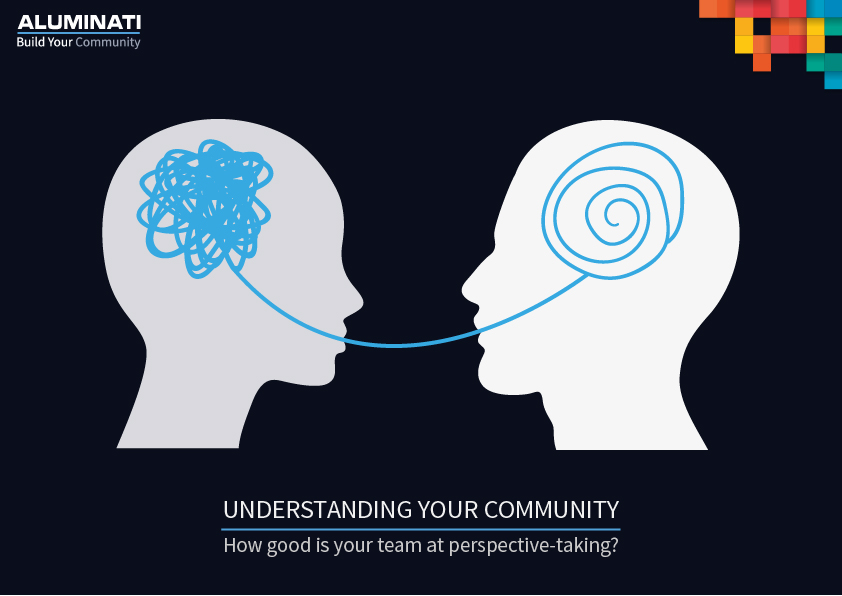
Understanding our community members as individuals is part of a growing business strategy to use an anthropological lens
Cultural anthropologists like myself use qualitative research methods (interviews, ethnography, focus groups, surveys, etc.) to understand individuals and societies within their cultural and social contexts. Anthropologists tend to emphasise these three points:
1. Individuals are context-grounded and unpredictable.
- “Context-grounded”: In order to understand people you have to also understand the innumerable contexts that they operate within. We don’t operate on islands. Instead, we are influenced culturally, politically, socially, historically, religiously, etc.
- “Unpredictable”: The ways humans navigate through the world is anything but neat and tidy. It’s this unpredictable “messiness” of human experience which makes it impossible to solve deep and complex human problems with formulaic solutions. Formulaic solutions can only bring us so far.
2. Any system/project/community with humans in it is, by association, context-grounded and unpredictable.
- Formulaic solutions don’t work–at least not when we are solving complex human problems. The kind of “ready-made” solutions that lots of people offer to community managers by way of webinars or crash courses or curated facilitation can be great starting points. In fact, we even offer some of those–such things can indeed be helpful when you’re developing a strategy or project plan.
- But cookie-cutter formulaic approaches are not going to give you the nuanced insights you need in order to really understand what people want or need from your community.
3. If we want high levels of community engagement, we must deeply understand our community members. Doing this takes curiosity and patience.
- All of our clients at Aluminati (and even us, too) are invested in creating a community of some kind. Community Builders often have peer-to-peer networks, half-baked (or sometimes fully-finished) solutions, and resources that we want people to engage with. We know that if people were to just engage with each other, than our community could become something wonderful for them.
- Because individuals have so many things competing for their attention, it is nearly impossible to capture their attention and encourage them to actively participate in our communities unless we’ve truly understood what they want and need from us in return.
- This is where curiosity and patience come in. You have to be curious enough to ask questions, observe, and learn about what it’s like to be in the shoes of your various community members. You also have to be patient, because this kind of learning does not happen overnight!
- This model of curiosity and patience is being adopted by companies that are increasingly relying on anthropologists and similarly trained individuals to help them understand complex human experiences.
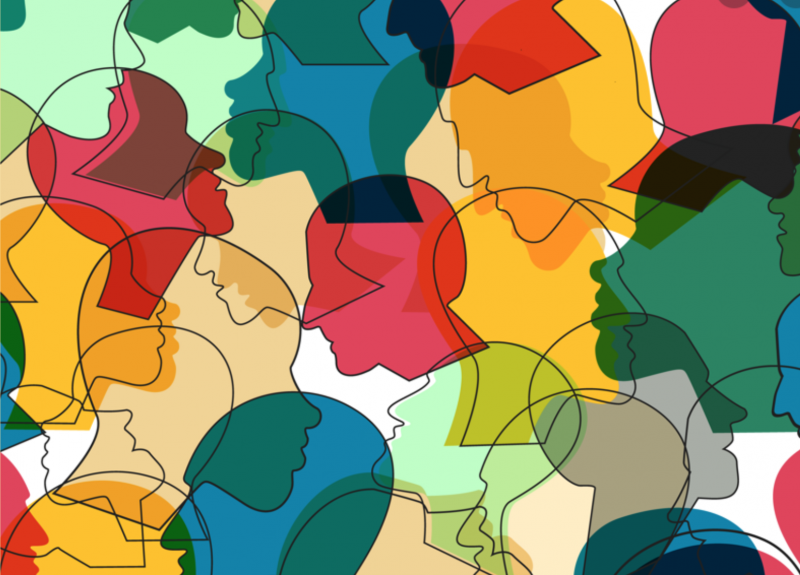
Using an anthropological lens to understand your community
So, if you’re convinced that you need to gain a better understanding of your community members’ wants and needs, what do you do? It’s precisely at this point where the interpretative lens of anthropology comes in handy.
You might be wondering what on earth anthropology has to do with community. (Maybe you, like many colleagues I’ve encountered over the years, think that anthropologists measure skulls and/or study dead things.) On the contrary, most anthropologists are very much concerned with the living: and we’re focused not just on people but with systems that are dynamic, agile, ever-changing. We’re experts at understanding.
I love the way that Gillian Tett describes the value that anthropology brings to our modern business worlds. In her book “Anthro-Vision: A New Way to See in Business and Life”, Tett writes that “anthropology is an intellectual framework that enables you to see around corners, spot what is hidden in plain sight, gain empathy for others and fresh insight on problems. This framework is needed more than ever now as we grapple with climate change, pandemics, racism, social media run amok, artificial intelligence, financial turmoil, and political conflict.”
Indeed, anthropology offers a way to see and understand that goes far beyond the insights gleaned by techniques like internal brainstorm sessions, or even surveys/questionnaires. Anthropological insights go deep.
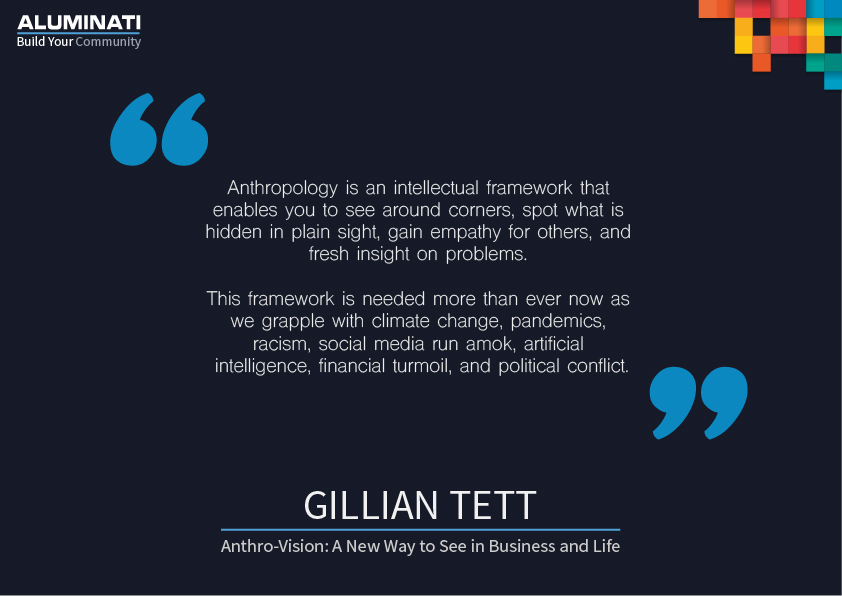
Anthro-vision leads to better community design
Maybe your organisation is still in a place where you are tirelessly applying formulaic solutions to dynamic human problems. If so, you’re probably realising that you have begun to hit a wall. The “wall” could be limited engagement from your current members, or not getting new members, etc. Whatever it is, you’re probably noticing that things are not going quite as well as you’d like them to.
Once you’ve recognised you’ve hit a Community Engagement wall, maybe you’ve branched out and started initiating some tools and tactics in an attempt to get feedback from your community members–things like surveys, polls, forecasts, and any number of other standard tools used,
Doing these is a good starting point but they should never be your endpoint. Things like surveys or internal team brainstorm sessions are limited in the depth and type of insights they can give you about how to engage your community members. Surveys, for example, capture static and two-dimensional insights, and they cannot go deeply into the true complexity and multi-dimensionality of human experience that a dynamic community requires.
Internal team brainstorms and even surveys just won’t cut it
If your understanding of your community is informed by internal team brainstorms or surveys alone, I’m sorry to say that you’re missing out on crucial insights of your community that you need in order to provide a good experience for them.
If you don’t have deep insights…then you cannot design a community that takes into account what your members want and need from you.
If you do not design a community experience that is built around what your members want and need from you…then the people you are trying to engage into your community are not going to feel truly understood.
If the people you are trying to engage in your community do not feel understood…then they will hesitate to give you their time and energy.
If your (potential) community members hesitate to give you their time and energy…then your community engagement will be stilted and stunted.
If your community engagement is stilted…then your community will shrivel up.
(Do you see the problem here?) In order to keep our communities thriving and dynamic, we have to start by gaining a deep understanding of our community members.

Empathy-driven approaches reveal new and important insights
And, importantly, this kind of qualitative research or empathy-driven understanding is not about confirming what we already know. Rather, it’s about using skilled ears, eyes, and mind to reveal new insights about the individuals we are trying to understand. Once we understand them, we can design an experience that brings them in.
As a facilitator, I walk teams through a guided process in order to ensure that they are thinking about their community members as individual people. I guide you through how to think about different segments of your members, how to create personas, and what to do with that information. I also use human-centered design techniques and values-sensitive design frameworks in order to help you ensure that you have understood the “pains and gains” of your community members.
Because, remember: your prospective community members, like you, are busy people! You are competing for their attention and energy against all the other billion things in their day and life. if you have not understood people, they will not be inclined to give you their time and energy.
But, more important than securing their interest, when you’ve truly understood what it is people want and need for you, you can go about designing a community experience for them that actually solves their needs and improves their lives.
